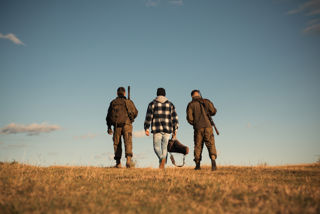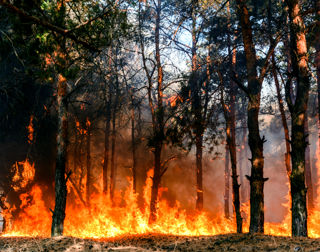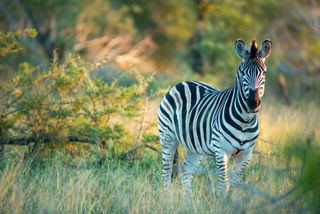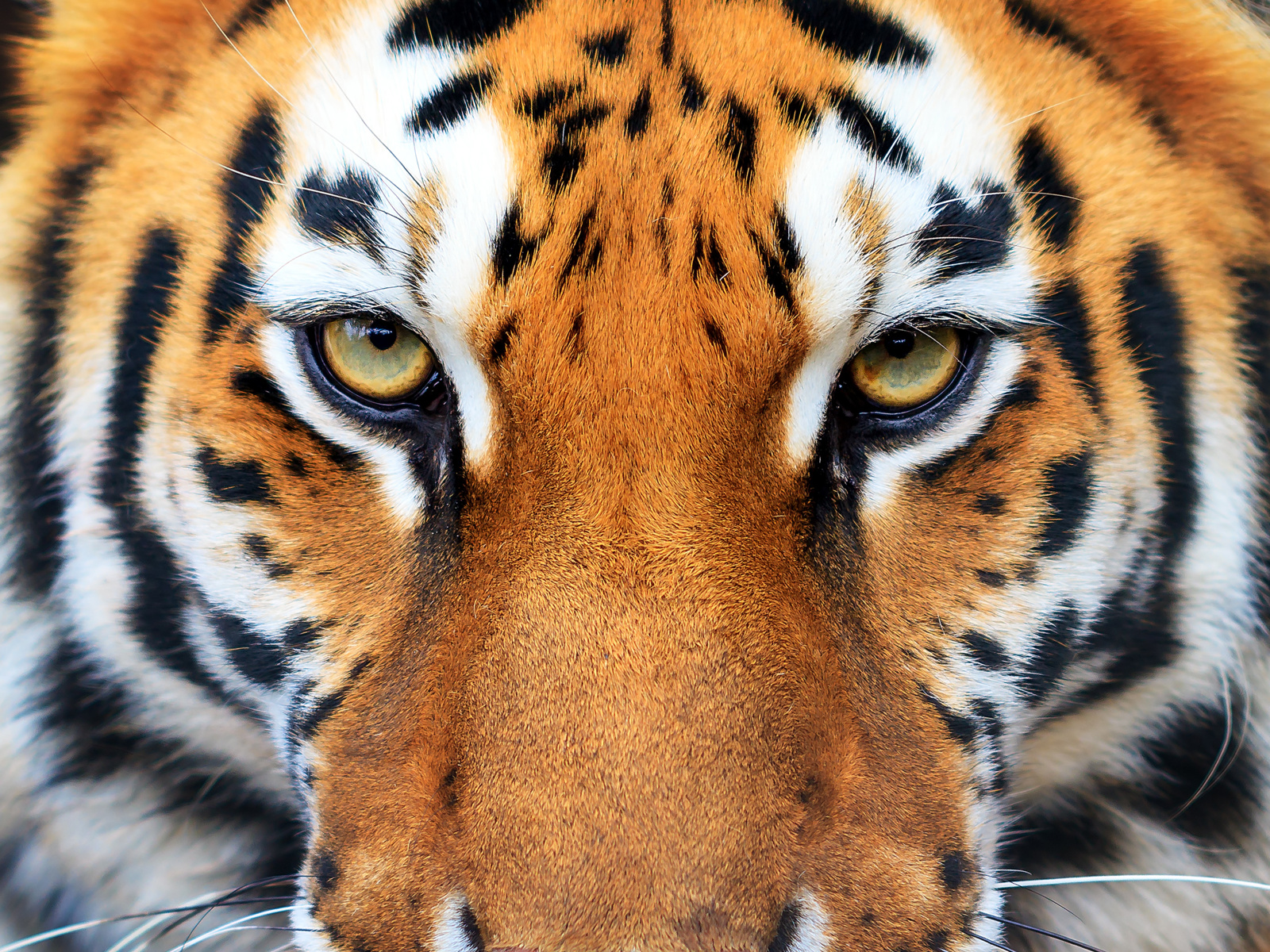

Amur Tiger
A fragile recovery

The Russian Far East is home to 95% of the global population of Amur tigers, making them the most northerly tiger subspecies. Thought to be the largest cat in the world, the Amur tiger averages about 3.3m (11ft) in length and has a tail measuring about 1m long (3 ft). It’s safe to say they’ll make your pet cat look like a tiny, little mouse!
Like other tigers, the Amur tiger’s coat is both striped and unique in pattern. However, unlike other tigers, they have a thick mane in addition to their thick fur to help them keep nice and warm during Russia’s cold winters.
Less than a century ago in the 1940’s, the Amur tiger was pushed to the brink of extinction and there were less than 50 remaining in the wild. Thanks to a hunting ban and monumental conservation efforts, populations of this magnificent animal have multiplied ten-fold since then. However, Amur tigers are still under threat, and that is sadly because of things that humans are doing like poaching and destroying their habitats.
This beautiful, extraordinary animal needs our help to continue upon its road to recovery. Rangers at Yorkshire Wildlife Park hold onsite collections to support project work to ensure that these wonderful creatures can survive for many years to come.
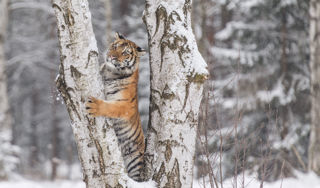
Working with Amur Tigers
WildLife Foundation has worked with WildCats Conservation Alliance
International Breeding Programme:
The programme allows scientists and vets to undertake research that can be applied in the wild and helps raise awareness for the plight of Amur tigers. The breeding programme also provides an insurance population that could, if needed, be reintroduced to the wild.
Rescue and Rehabilitation Centre:
In 2015, WildLife Foundation granted £18K to fund a rescue and rehabilitation centre at Alekseevka in Russia, to help injured or struggling tiger cubs get back to strength. The centre then released them back into the wild when they were ready.
Threats
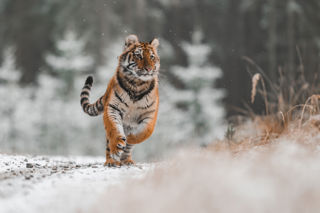
Facts
- Amur tigers were previously known as Siberian tigers, but since the Amur river runs directly through their Russian habitat, they are now more commonly known as the Amur tiger.
- Since Amur tigers live in such cold regions, an adult needs to eat at least 9 kilograms (20 pounds) of food every day to survive, but adults can eat as much as 50 kilograms of meat. That is 20 times more than the daily recommendation for humans!
Seven Worlds, One Planet
Our work with Amur leopards has taken place in Russia, and at home at Yorkshire Wildlife Park.
Donate Today
We can’t do what we do without you. Donate to WildLife Foundation today!
Your donations – however big or small – make a HUGE difference to animals around the world that really need our help.
Text / SMS donations:
To donate £1, text T1G3R5 to 70201
To donate £3, text T1G3R5 to 70331
To donate £5, text T1G3R5 to 70970
To donate £10, text T1G3R5 to 70191
Keep up to date with WildLife Foundation
Sign up to keep up to date with us. Find out how you can help through fundraising, events, and more. You can unsubscribe at any time.


Stay up to date with WildLife Foundation
WildLife Foundation: charity number 1152642


